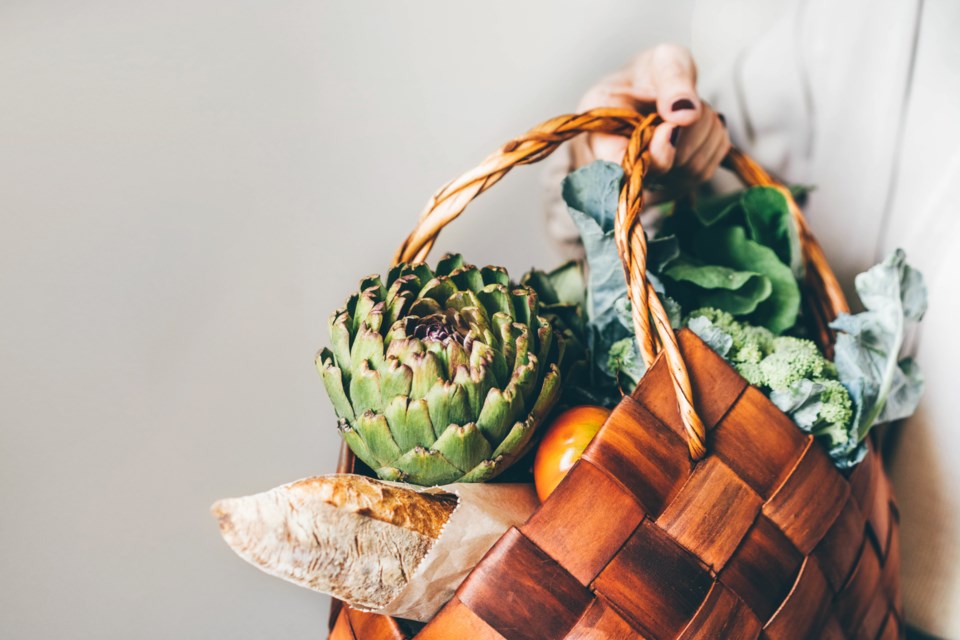Indigenous communities are increasingly investing in agriculture to sustain their . Indigenous Peoples have a long history with agriculture — a history that wasn’t always recognized.
For much of the 20th century, scholars claimed that Indigenous farmers in were marginal food producers who employed unsustainable farming practices, like , that led to environmental declines and their ultimate downfall.
These scholars argued that the . They posited that tools used by Indigenous Peoples, like the digging stick, were rudimentary compared to the more advanced plow cultivation used by European farmers.
We now know those claims are incorrect; Indigenous Peoples throughout CANZUS have long engaged in . By some estimates, by a margin of three to five times per acre.
Despite , there is still a lack of data about Indigenous engagement in the agriculture sector in CANZUS. This data is crucial to informing policies that set out to support Indigenous engagement and diversity in the agriculture sector.
Indigenous food sovereignty
Through the erasure of , premised on the notion of , CANZUS governments justified their appropriation of Indigenous lands and the territorial dispossession of Indigenous Peoples.
Latin for , terra nullius was a legal term used in the to refer to land that was not occupied by the settlers or used according to their law and culture. Such land was considered “vacant” and available for colonization.
Yet in the face of , Indigenous Peoples have remained resilient and are making important strides toward through the and cultural traditions.
Beyond , by reclaiming their agricultural roots, Indigenous Peoples are also alleviating and in their communities. As supporters of the , it’s important that CANZUS governments prioritize and support these Indigenous food sovereignty initiatives.
National databases are lacking
Although Indigenous Peoples have been participating in the agriculture sector since precolonial times, it hasn’t been until recently that contemporary agriculture has become a policy focus for Indigenous community development and well-being.
However, little knowledge exists about contemporary Indigenous agriculture in CANZUS because of the lack of comprehensive databases at the national level. National scale data collection tools that are currently available are still fairly new or non-existent.
1. Canada
In Canada, the Census of Agriculture does not allow farm and ranch producers to self-identify as Indigenous. However, data from the and the provide some information about Indigenous engagement in agricultural activities.
Data from both censuses is linked using information which is common to both questionnaires such as name, sex, birth date and address of the operators. This information is used to create the database, which provides useful .
2. Australia
Australia does not maintain a national scale database on Aboriginal and Torres Strait Islanders (collectively referred to as Indigenous) production in the agriculture sector. The Australian Bureau of Statistics’ Agriculture Census also , which creates a significant data gap about Indigenous agricultural operations in Australia.
Despite this, there is still , including those who identify as Indigenous, through the Australian Bureau of Statistics’ Census of Population and Housing.
3. New Zealand
In New Zealand, information about M膩ori farms (the M膩ori are the Indigenous Polynesian people of New Zealand, or ), are compiled using the .
M膩ori farms are identified by : M膩ori enterprises from the , self-identified M膩ori businesses from the and a database held by Statistics New Zealand’s partner . The matching process , such as the number of agricultural operations, livestock and horticulture crops M膩ori farm operations have.
4. United States
In the U.S., a national scale data collection effort was in Montana, North Dakota and South Dakota to collect information about agricultural activity on American Indian reservations. Starting with the 2007 Census of Agriculture, this pilot project was expanded to include reservations across the U.S.
The Census of Agriculture in the U.S. allows farm and ranch producers to self-report agricultural activity on American Indian reservations. If producers don’t respond to the mailed report, census employees — — follow up with them in person to help them completing their forms. The process yields an overview of agricultural activity on reservations in the U.S.
Better data is needed
The lack of baseline data on the scale and scope of Indigenous involvement in the agriculture sector continues to be an obstacle to effective engagement of Indigenous communities within the sector. This gap in data prevents governments and agri-food organizations from knowing what kinds of supports should be provided to reinvigorate Indigenous agricultural economies.
In order to better support the involvement of Indigenous Peoples in agriculture, more accurate data is needed. Being able to collect such data is crucial for developing a framework for Indigenous Peoples and communities that are interested in starting or expanding their engagement with the agriculture sector.
![]()
Las personas firmantes no son asalariadas, ni consultoras, ni poseen acciones, ni reciben financiación de ninguna compañía u organización que pueda obtener beneficio de este artículo, y han declarado carecer de vínculos relevantes más allá del cargo académico citado anteriormente.



